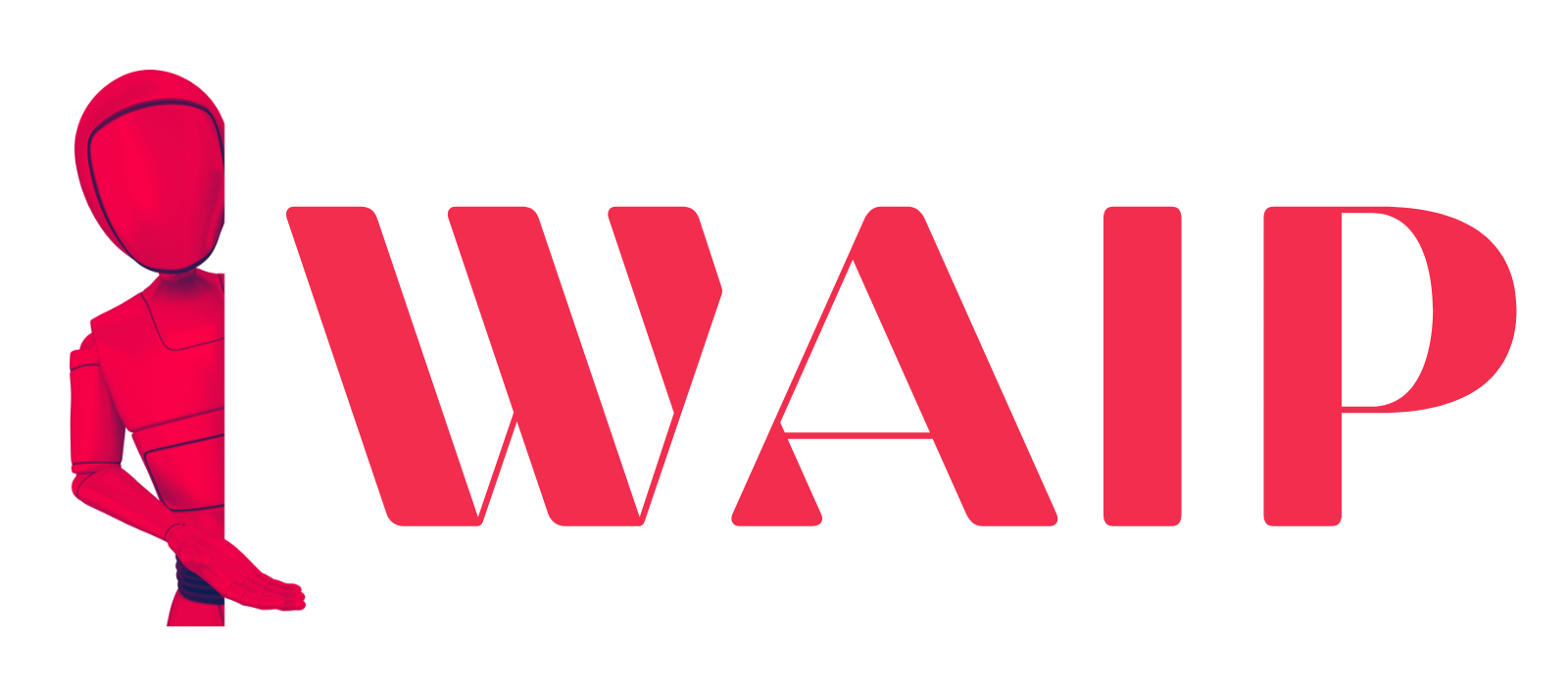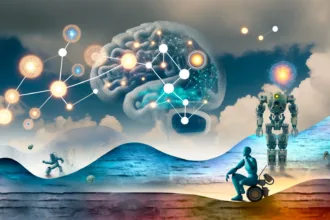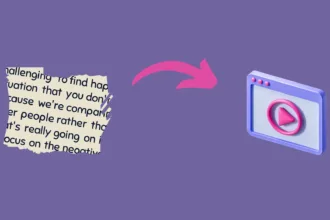Videos are a powerful medium to communicate ideas, tell stories, and grab attention. But for global audiences, language can be a major barrier. That’s where AI dubbing comes in – the ability to automatically dub videos into multiple languages using advanced artificial intelligence.
In this post, we’ll explore the immense possibilities opened up by AI dubbing and provide a comprehensive guide to leveraging it for creating engaging multilingual video content.
What is AI Dubbing
The rise of global digital platforms like YouTube, TikTok, Instagram, and more has connected creators with audiences worldwide. However, a video produced in one language restricts its reach primarily to viewers proficient in that language.
Manual dubbing is expensive, time-consuming, and cumbersome to scale across many languages. AI dubbing provides a revolutionary solution by using machine learning to automate the dubbing process.
AI dubbing tools can:
- Transcribe original speech to text in the source language
- Translate the transcript into target languages
- Generate synthesized speech in the translated languages that matches the original audio
This automation unlocks huge efficiency gains. And with recent advances in speech synthesis and translation models like Google’s Wavenet and Meta’s Noisy Student, the audio quality is nearly indistinguishable from human dubbing.
How to Use AI Dubbing to Create Videos
Let’s look at how to use AI dubbing to create localized videos at scale.

1. Choose a Best AI Dubbing Tool
The first step is selecting an AI dubbing platform tailored to your use case and needs:
- Synthesia – Powerful dubbing with options for custom branding voices and multiple output formats.
- Resemble AI – Dubbing with natural voices plus subtitles and voice cloning capabilities.
- Deepdub – Studio-quality dubbing focused on lip sync and emotion matching.
- Dubbiz – Easy to use dubbing supporting over 45 languages.
- Kapwing – Browser-based editor for dubbing videos, GIFs, and images.
- Wondershare Filmora – Video editor with built-in dubbing and subtitling tools.
Look for platforms that offer speed, language support, voice customization, and alignment of dubbed audio with original video.
2. Preparing Your Video Content
Before running the dubbing process, it’s important to have your video content optimized:
- Script – Finalize subtitles/script for dubbing into the target language.
- Editing – Trim down videos, standardize lengths, and consolidate files to streamline dubbing.
- Dubbing Strategy – Decide which sections require dubbing e.g. full narration or just interludes.
Proper preparation ensures you provide the AI engine with the best input for efficient and high-quality results.
3. Configuring AI Dubbing Settings
Once you’ve chosen a platform, you need to configure the dubbing settings:
- Language Selection – Pick source and target languages for translation and dubbing.
- Voice Type – Select voice profile e.g. male/female, adult/child etc.
- Speech Style – Choose tone and cadence matching video context.
- File Format – Output format like MP4 for dubbed video.
- Lip Sync – Enable lip synchronization for accurate dubbing.
- Background Mix – Set volume balance between dubbed audio and original background sounds.
Optimizing these settings tailored to your content ensures the best possible dubbing experience.
4. Running the AI Dubbing Process
Now comes the fun part – letting advanced AI work its magic:
- Upload your video file to the platform.
- The AI will transcribe the video’s original speech into text.
- The transcript is translated into your chosen target language.
- Background sounds from the video are isolated.
- The translated text is synthesized into speech using the selected voice profile.
- The synthesized speech is aligned to the original timing and lip movements.
- The dubbed speech is merged with the background audio.
- The final dubbed video is rendered and delivered.
The complexity is all handled seamlessly by state-of-the-art machine learning models working in tandem behind the scenes.
5. Customizing and Fine-Tuning AI Voices
AI dubbing produces great results out of the box. But customizing the voice synthesis can take it to the next level for flawless localization.
- Pitch – Increase/decrease vocal pitch.
- Pace – Speed up/slow down speaking rate.
- Emphasis – Stress important words and phrases.
- Tone – Modify voice modulation to match context.
- Pronunciation – Improve pronunciation of challenging words.
Spend time fine-tuning the AI voices until the dubbing sounds as natural and engaging as possible.
6. Reviewing and Refining Results
Like any machine learning application, review the initial dubbing results carefully:
- Translation Accuracy – Check for any errors in meaning and intent.
- Audio Quality – Verify voices sound realistic without artifacts.
- Lip Sync – Assess timing sync between dubbed audio and lip movements.
- Tone & Emotion – Ensure tone conveys the right emotion and impact.
- Background Mix – Review balance between dubbed voice and original sounds.
Make any essential refinements based on your review to create the most polished videos.
7. Exporting and Sharing Your AI Dubbed Videos
Once you have exceptional dubbed videos, export them from the platform and share across channels:
- YouTube – Enable automated translation to reach worldwide viewers.
- Social Media – Dubbed videos stand out in feeds to boost engagement.
- Website & Blogs – Add dubbing to make video content accessible globally.
- Paid Ads – Run ads with dubbed videos to resonate across markets.
- TV & Cinema – Use dubbing for global distribution of films and shows.
The possibilities are endless for utilizing AI dubbing in innovative ways to capture worldwide audiences.
Conclusion
AI dubbing eliminates language barriers and opens up videos to universal appeal. With the right dubbing platform, preparation, and optimization, creators can scale localized, engaging video content efficiently.
Viewers crave authentic content regardless of language. AI dubbing provides the means to quench this demand in our globally connected digital world.
We hope this guide provides a comprehensive overview of how to harness AI dubbing to create multilingual videos that forge meaningful connections with diverse audiences worldwide.

![Best Mobile Games Your Should Try in 2024 [Trending Now] 2 Best Mobile Games](https://wideaiprompts.com/wp-content/uploads/2024/03/Best-Mobile-Games-330x220.webp)



![Best Mobile Games Your Should Try in 2024 [Trending Now] 10 Best Mobile Games](https://wideaiprompts.com/wp-content/uploads/2024/03/Best-Mobile-Games-150x150.webp)


